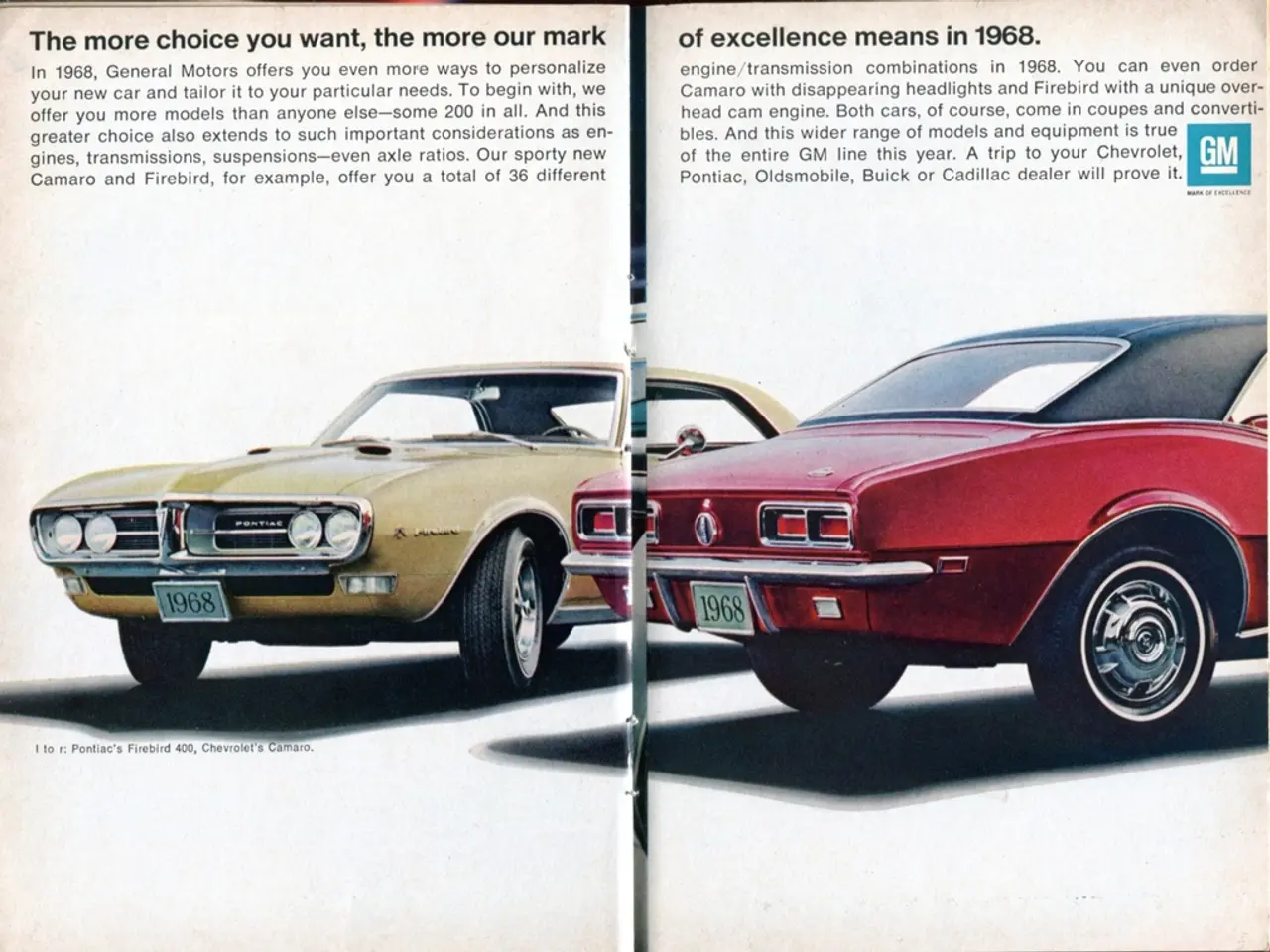The Pivotal Component Responsible for the Genesis of Modern Automotive Engineering Worldwide
Modern automotive engines have seen a significant transformation, thanks in part to the innovation of roller lifters. These crucial components, positioned at the end of the pushrod, have played a pivotal role in enabling smoother, more efficient valve operation and reducing wear.
In the past, engines commonly used flat tappet lifters, which caused greater friction and wear, particularly at higher RPMs. The introduction of roller lifters was a game-changer. By allowing a rolling contact between the camshaft lobes and the valves, roller lifters significantly reduced friction and wear on the camshaft lobes and valve train components.
This roller mechanism results in improved durability of the camshaft and smoother engine performance, enabling higher engine speeds (RPMs) and better overall efficiency. Roller lifters also contribute to maintaining a "zero" valve lash state, preventing excessive valve train noise and unnecessary wear, thus supporting longer engine life and enhanced reliability.
The advancement of roller lifters has been accompanied by the design of more aggressive cam profiles, increasing lift without compromising reliability. Moreover, the use of specially formulated oils can further enhance the performance and durability of engines.
The developments in distribution technologies offer promising prospects for continuous engine improvement. In fact, retrofitting older engines with roller distributions can extend their lifespan, demonstrating the timeless value of this innovation.
However, the increased valve spring pressures necessitated by engines supporting higher RPMs presented new challenges, particularly concerning wear between the lifter and camshaft. To address this, engineers had to implement stricter control measures.
From Karl Benz's first car to today's advanced vehicles, engines have undergone a radical transformation. The innovation of roller lifters, along with numerous other advancements, has contributed significantly to this evolution, underpinning many aspects of modern engine design, especially in high-performance and long-lasting engines.
- The integration of roller lifters in the automotive industry has led to a shift from flat tappet lifters due to their ability to reduce friction and wear, especially at higher RPMs, thus contributing to a more efficient and long-lasting engine.
- As engines focus on performance and environmental sustainability, roller lifters play a crucial role in enabling the use of specially formulated oils and more aggressive cam profiles, promoting better engine efficiency and longevity.
- To ensure smoother operation and maintenance of engine components, finance plays a significant role in funding research and development projects that push technological advancements in transportation, such as the implementation of roller lifters for improved valve operation and durability.




